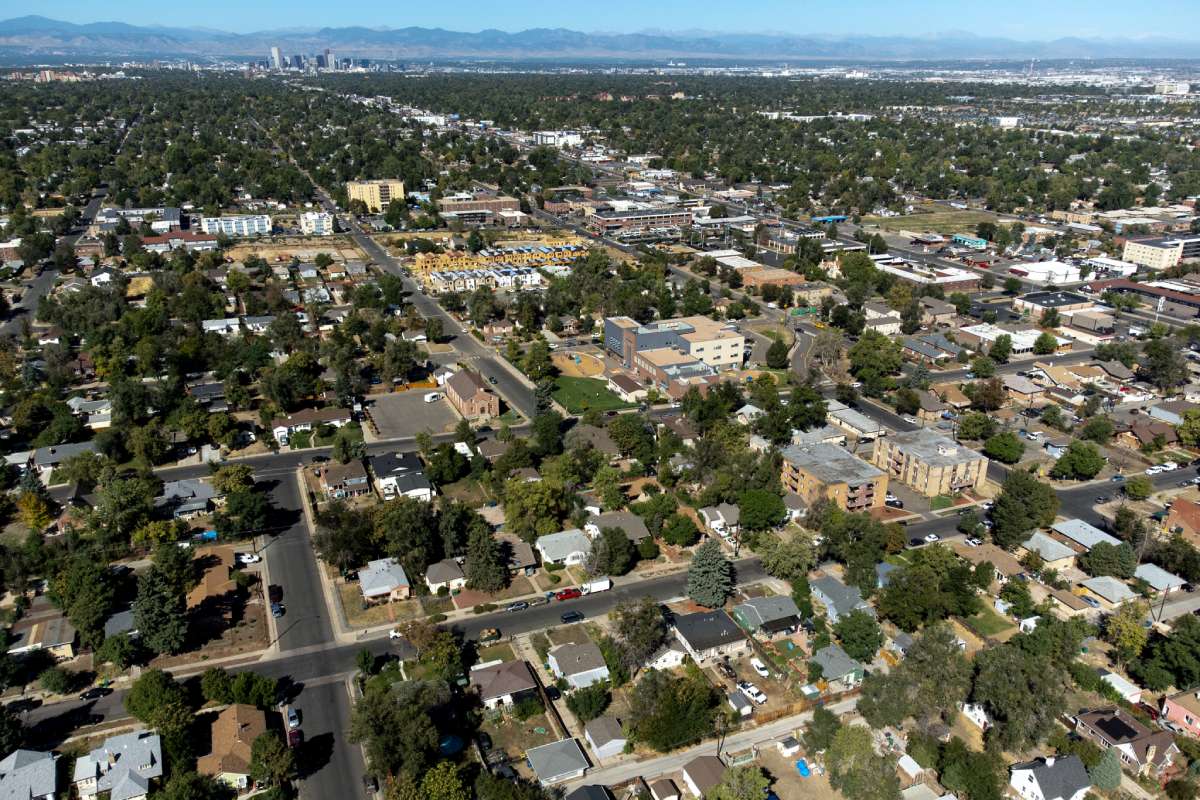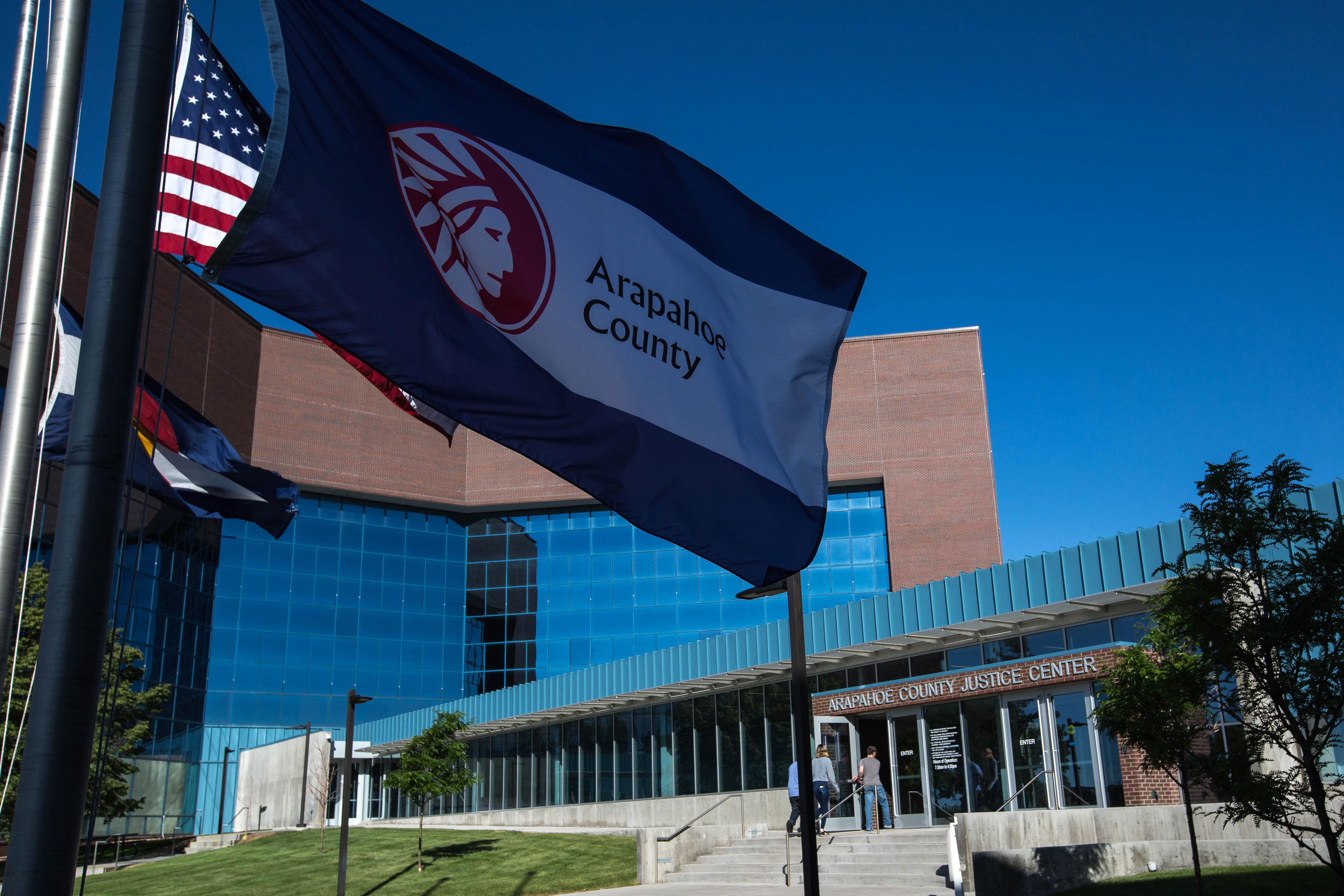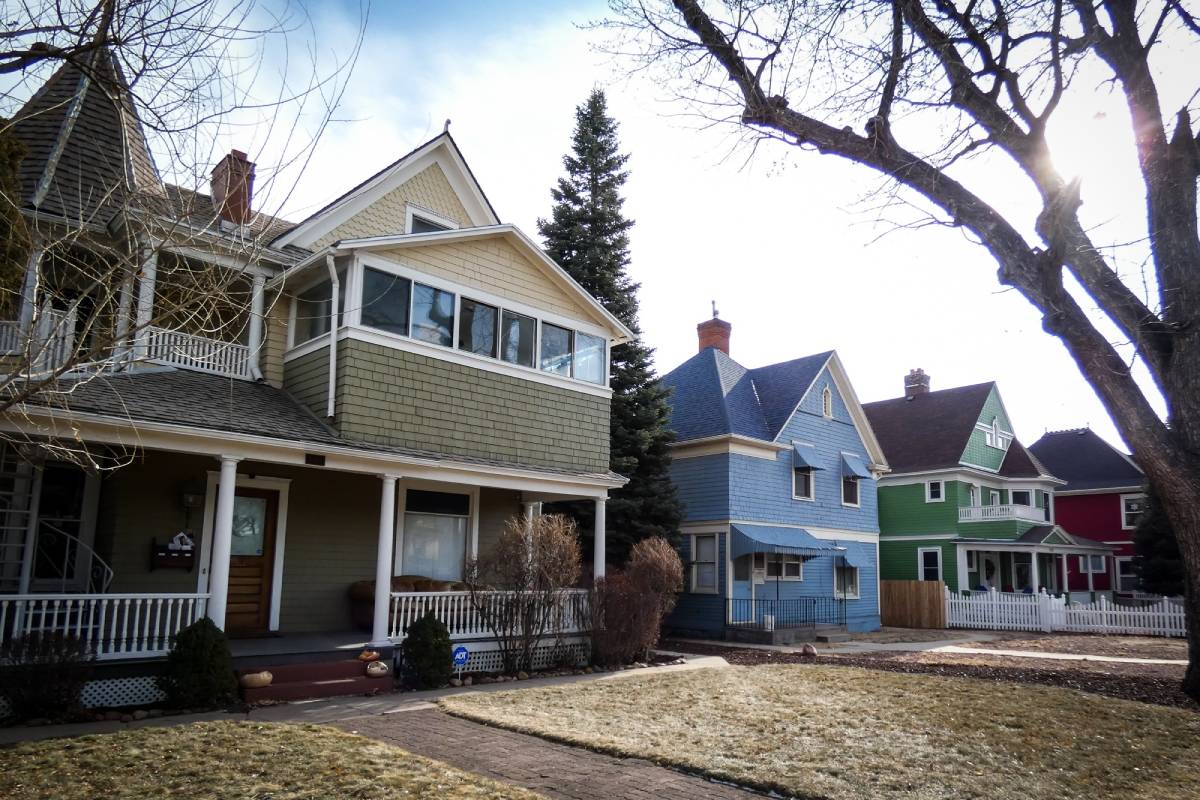Long before the tourists came, before the roads were built and the trails improved, an intrepid Englishwoman explored the vastness of what is now Rocky Mountain National Park.
Isabella Bird’s sojourn came in the fall of 1873 and winter of 1874, not long after the mountain man and before the area’s first ranches were established.
She recorded her impressions for posterity in one of my favorite books, “A Lady’s Life in the Rocky Mountains,” waxing poetic about the pristine landscape and vividly describing the hardships she encountered. She wrote:
“The scenery up here is glorious, combining sublimity with beauty ...
“This is an upland valley of grass and flowers, of glades and sloping lawns, and clumps of pines artistically placed ... and the mountains breaking into pinnacles of bold grey rock as they pierce the blue of the sky ...
“Deep, vast canyons, all trending westwards, lie in purple gloom.”
Bird explored the hard way: on horseback and on foot. Often alone.

Today’s visitors have it a little easier. But, unlike Ms. Bird, you won’t be alone out there.
Rocky Mountain National Park gets about 3 million visitors a year -- impressive when you consider it usually doesn’t open to vehicles till late May or early June and often closes by mid-October, due to heavy snowfall.
Climbing is a world-class pursuit there, but most visitors see it from the seat of their car. The smart ones get out and explore.
The park offers something for every ability. A physically handicapped visitor can see many of its wonders from a car, and hearty hikers can spend days tromping the rugged backcountry.
Trail Ridge Road, a paved highway that whisks you to each attraction, lake, beaver pond and trailhead, bisects Rocky Mountain National Park.
The road, a thread through the wilderness, takes visitors from Estes Park on the east to Grand Lake on the west, past meadows of grazing elk to alpine tundra at 12,000 feet, on the roof of the world.
At the park headquarters, the Beaver Meadows Visitor Center, you’ll see displays and exhibits, pick up a map or two, and catch a great introductory film.
Watch for wildlife – elk, deer, antelope, bighorn sheep, mountain lions and black bears. Foxes and coyotes. Marmots, ground squirrels and pika (a chubby relative of the rabbit). Plus peregrine falcons, gray jays, ptarmigan and countless other birds.
There are two entrances to the park on the east side: the Beaver Meadows Visitors Center and the Fall River Visitors Center, which sits at the entrance to the old Fall River Road.
Trail Ridge Road is paved; Fall River Road is not. The original road through the park, Fall River is open a shorter part of the year (because it isn’t plowed) and it’s less traveled than Trail Ridge. But it offers its own attractions. Go up Fall River Road and come back down Trail Ridge Road, to avoid repeating the entire experience. It doesn’t take a 4-wheel-drive or high-clearance vehicle to navigate Fall River Road, but take it slow. There are no service stations up there.
Fall River Road winds through numerous switchbacks, past high alpine ponds and with a number of pull-outs where you can sit on a warm rock, listen to the wind and smell the pines.
The top of Fall River Road intersects with Trail Ridge Road. At this juncture there is another visitors’ center, if you need a break. There’s also a hiking trail carved out of the tundra up to a cold, windy peak where wind speeds of up to 200 mph have been recorded, but as a reward offers panoramic views of the Gore mountain range.
In a single day, you can drive up into a thunderstorm, which turns to sleet, then snow, and back down through rain and into sunshine again.
In short, it’s a fascinating, ever-changing place.
Bird called it “the great lone land” and “one of the most extraordinary spots on earth.”
Millions of people think she had it right.
IF YOU GO:
For more information on Rocky Mountain National Park, you can call 970-586-1206 or online at www.nps.gov/romo.

Linda DuVal is the former travel editor for The Gazette, a freelance travel writer and winner of several Lowell Thomas awards. She is the co-author of Insider’s Guide to Colorado Springs and writes a local Web site, Pikes Peak on the Cheap (www.pikespeakonthecheap.com).
Colorado Traveler airs Sundays before the Splendid Table and Wednesdays at 11:55am.








